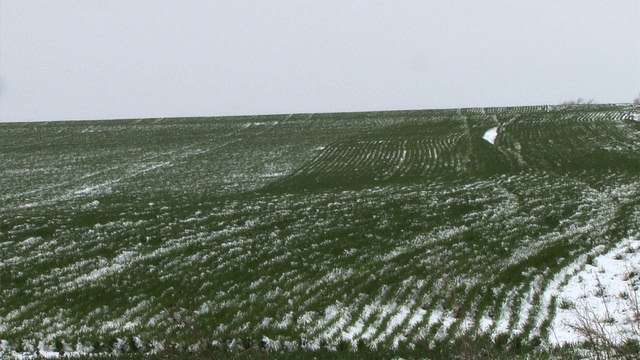By Ryan Flaming, County Extension Agent, Agriculture & Natural Resources
Can warm temperatures at this time of year cause wheat to break dormancy and become more susceptible to cold temperatures that may come over the following days? At what temperatures do we start worrying about wheat breaking dormancy and being at risk of cold injury later?
To the first question, the answer is yes. Very warm temperatures can cause wheat to break dormancy at this time of year. As to the second question, there are no hard and fast numbers to go by. When daytime highs get into the 50’s or warmer and lows are above freezing, most wheat varieties will green up and lose some of their winter hardiness. When this occurs, wheat can regain some level of winter hardiness if temperatures gradually get colder again.
The best case scenario is if there is just one or two days of unusually warm temperatures, then a gradual drop of 10-20 degrees over the following week. Most wheat varieties grown in Kansas can easily survive these conditions.
The worst case scenario is if daytime temperatures are very warm and nighttime temperatures remain above freezing for several days during the winter, then temperatures plunge into the low teens or below in just one day, as they did in late January of 1989. Some varieties may break dormancy under these conditions, and then be unable to withstand a sudden return to bitterly cold temperatures.
Each time the wheat breaks dormancy in the winter, it loses a little of its winter hardiness once temperatures get cold again and the wheat re-hardens. The more often these warm spells occur, the longer they last, and the more often wheat breaks dormancy, the less winter hardiness the wheat will have. Winter hardiness levels also start to decline later in the winter.
There may be some winterkill already this winter in areas that have been dry, with little or no snow cover. Having the wheat green up and lose some of its winter hardiness will not help that situation. Still, the biggest risk will be where temperatures go suddenly from extremely warm to extremely cold, the soils are dry and with little or no protective cover, soils are fluffy, and the wheat is weakened by drought, insect damage, or diseases.

